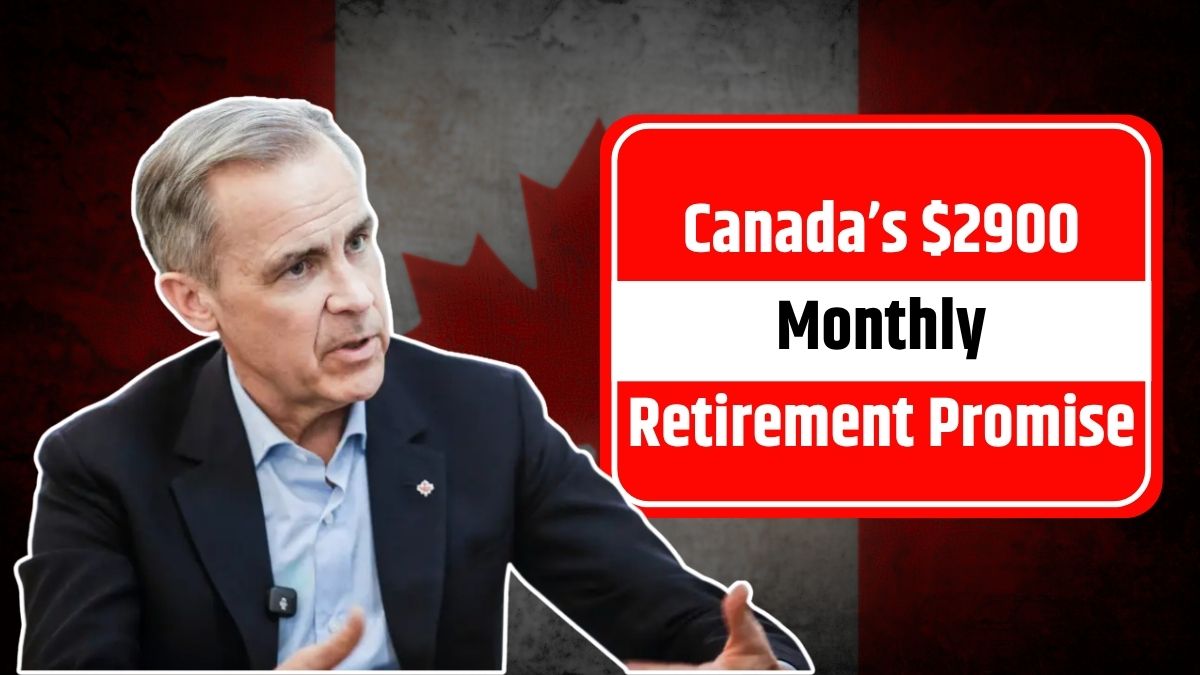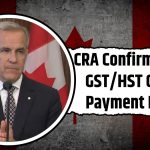If you’ve seen headlines promising a $2,900 boost in CPP benefits, it’s easy to believe that your Canada Pension Plan payments are about to jump. But here’s the truth: CPP alone does not provide $2,900 per month. Instead, this amount is the combined total of multiple federal retirement programs — namely CPP, Old Age Security (OAS), and the Guaranteed Income Supplement (GIS) — available to eligible seniors.
Let’s break down the numbers and see how you might actually receive that amount.
Understanding the Full $2,900 Breakdown
Here’s what a senior citizen could receive monthly in 2025, depending on age, income, and contribution history:
| Benefit | Monthly Maximum (2025) |
|---|---|
| Canada Pension Plan (CPP) | $1,433.00 |
| Old Age Security (OAS, Age 75+) | $800.44 |
| Guaranteed Income Supplement (GIS) | ~$600+ |
| Combined Total | ~$2,900 |
This full amount is not guaranteed to all seniors, but it’s attainable for low-income retirees over 75 who meet all program requirements.
CPP Payment Date – July 2025
For retirees currently receiving CPP, the next payment date is Monday, July 28, 2025. Make sure your banking details are up to date with Service Canada to avoid delays in receiving your monthly pension.
How the Canada Pension Plan (CPP) Really Works
CPP is a monthly taxable retirement benefit designed for individuals who have contributed during their working years.
To qualify, you must:
- Be at least 60 years old
- Have made at least one valid CPP contribution
Your CPP amount depends on:
- Your total earnings during your working life
- How long you contributed to the plan
- When you begin receiving payments (starting earlier reduces your monthly amount; delaying increases it)
For instance, if you contributed at the maximum level for 39 years or more and start at age 65, you could receive up to $1,433/month in 2025.
What Is the CPP Enhancement?
The CPP enhancement began in 2019 to increase future pension amounts gradually. Key updates include:
- Raising income replacement from 25% to 33.33% of your average work earnings
- Increasing annual contribution rates
- Expanding the maximum pensionable earnings cap to $71,300, plus a second tier from $71,300 to $81,200
These changes mean that future retirees who contribute more now may receive significantly higher CPP benefits later.
Understanding OAS and GIS: The Other Key Pillars
CPP alone doesn’t provide enough income for most retirees. That’s why Old Age Security (OAS) and the Guaranteed Income Supplement (GIS) are vital parts of the system.
Old Age Security (OAS)
You’re eligible for OAS if:
- You are 65 or older
- You’ve lived in Canada for at least 10 years after turning 18
As of 2025:
- If you’re 75 or older, you can receive up to $800.44/month
- If you’re under 75, the maximum is around $713/month
Guaranteed Income Supplement (GIS)
GIS provides an additional monthly payment to low-income seniors. Eligibility is based on your annual income and must be renewed every year.
- If you’re single and earn less than $21,000 (excluding OAS), you could qualify for maximum GIS, often $600 or more monthly
When combined with OAS and CPP, this can bring your total pension income to around $2,900/month.
How to Apply for CPP, OAS, and GIS
Applying is straightforward — but each program has its own rules.
Step 1: Access Your Account
Visit My Service Canada Account (MSCA) to apply and track your status.
Step 2: Timing Matters
- You can apply for CPP as early as age 60
- You can delay up to age 70, increasing your pension by 0.7% per month delayed, or 8.4% per year
Step 3: Reapply for GIS Annually
GIS is income-tested and must be renewed every tax year. CRA uses your most recent tax return to determine eligibility.
Strategies to Maximize Retirement Income
Make the most of Canada’s pension programs with smart planning:
Delay CPP for Higher Payouts
If you can afford to wait, delaying CPP until age 70 can increase your payments by up to 42% compared to starting at 60.
Avoid GIS Clawbacks
If your income is too high, you may lose your GIS. Consider withdrawing RRSPs strategically or using TFSA savings, since TFSA withdrawals don’t count as taxable income.
Check Your CPP Contribution Record
Log into My Service Canada and review your Record of Earnings to ensure your contributions are accurate. Mistakes could cost you hundreds per year in retirement.
Assuming CPP Is Automatic
It’s not. You must apply to begin receiving CPP. If you delay, you may miss months of potential income.
Forgetting to Apply for GIS
Thousands of seniors miss out on GIS because they’re unaware they qualify. Don’t leave free money on the table.
Taking CPP Too Early
While tempting, starting at 60 reduces your monthly benefit by up to 36% — permanently. Consider waiting if you’re still working or have other income sources.








